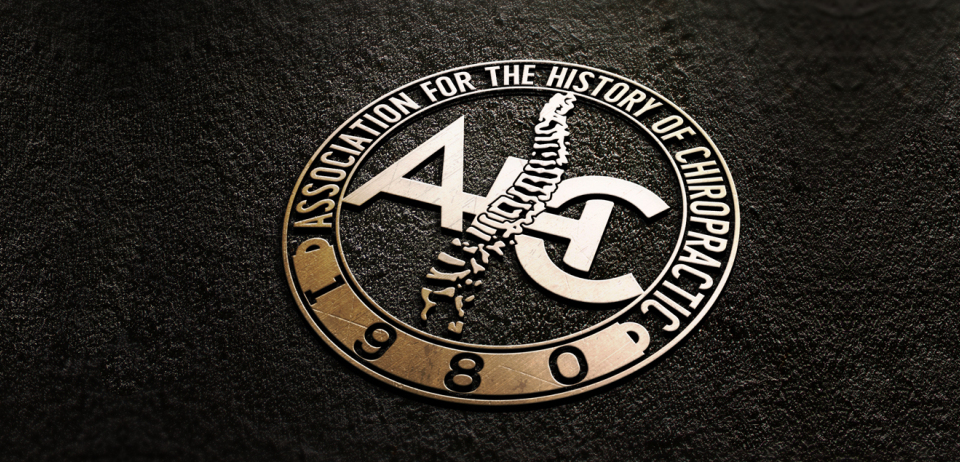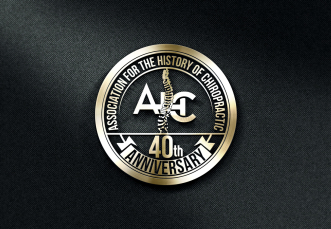INSTRUCTION FOR AUTHORS
Any questions not specifically covered below should follow the guidelines of Publication Manual of the
American Psychological Association, 7th ed., (American Psychological Association, 2019). Several
citation generators are available online. Purdue University’s OWL is readily available and easily
understood.
Manuscript Preparation
The manuscript should have the following components, in the following order:
1. Title page
2. Blinded title/abstract page
3. Manuscript pages and text
4. Acknowledgments
5. End notes/References section
6. Legends to figures and tables
7. Figures/tables
8. Copyright assignment form
The specific requirements of each component are described in detail below. The final section of these
instructions gives examples as to how references should be included in the endnotes.
Title Page
The title page should contain the following:
1. A relatively concise, but informative title.
2. First name, middle initial, and last name of each author, with highest academic and professional
degree(s); Title or position of each author; Names of department(s) and institution(s) to which work
should be attributed of each author, if applicable.
3. The corresponding author (responsible for correspondence and proofreading) should be clearly
indicated, including his/her e-mail address, mailing address, and phone number.
4. The mailing address for each author.
5. The date of the final version of the manuscript.
Blinded Title/Abstract Page
The blinded title/abstract page should contain the following:
1. The title of the manuscript without mention of the authors.
2. The abstract should be 250 words or fewer and should represent a summary of the manuscript's content.
Manuscript Pages and Text
1. Margins should be one inch on all sides.
2. Double-space the text of the article and use twelve-point font size.
3. Do not justify the margins; leave the right margin ragged.
4. Paragraphs should be indented one-half inch, using a tab.
5. Lengthy quotations should be indented one-half inch from the left margin with quotation marks.
6. Quotations, as well as ideas not your own, should be documented fully (see citation examples below)
7. Dates should be in the form: September 18, 1895.
Acknowledgments
1. Acknowledgments should appear in a separate paragraph at the end of the manuscript, placed just
before the endnotes. Obtain written permission of each living person you acknowledge before
inclusion.
Endnotes and references
1. Authors are responsible for accurate reference and citation information and style.
2. For the style of citation, consult the Publication Manual of the American Psychological Association,
7th ed., (American Psychological Association, 2019). Papers not following correct citation format
will be returned to the author(s).
3. Reference citation in the text should lead the reader to the full citation in the endnote (e.g., Wolfe,
2023) and within the end punctuation. If the source’s name already appears in a sentence, Callender
(2023) reminds us that it is not necessary to repeat it in the in-text citation.
4. In-text citation for works with three or more authors is shortened right from the first citation, only
including the first author’s name and “et al.” (Smith et al., 1906). An in-text citation for two authors
includes both names (Hynes & Wolfe, 1995).
5. In-text citations should contain enough information to differentiate between sources, but no more.
6. For electronic resources, website names are included (unless the website name is the same as the
author). DOIs are formatted the same as URLs.
7. References should be listed alphabetically following the text pages as endnotes; start a new page after
the body of the article with the heading Notes.
8. References should not be included in abstracts.
Clear guidelines are provided by the Publication Manual for including contributors other than authors
and editors. For example, when citing a podcast episode, the host of the episode should be included; for
a TV series episode, the writer and director of the episode are cited. Dozens of examples are included for
online source types such as podcast episodes, social media posts, and YouTube videos. The use of
emojis and hashtags is also explained. Writing inclusively and without bias is the new standard, and
APA’s new publication manual contains a separate chapter on this topic.
Table and Figure Legends
1. Legends for tables and figures should appear at the end of the text after the reference section
(endnotes). Identify each legend with Arabic numerals in the same manner and sequence as they
were indicated in the text in parentheses (e.g., Figure 1).
2. When symbols, arrows, numbers or letters are used to identify parts of the illustrations, identify and
explain each one clearly in the legend.
Figures/Illustrations
1. Figures should be numbered sequentially as they appear in the text. Illustrations (including lettering,
numbering and/or symbols) must be of professional quality and sufficient size so that when
reduced for publication, all details will be clearly discernible. All figures/illustrations must be sent as
at least 300 dpi resolution in TIF or JPEG format. Do not place titles or detailed explanations in the
illustration; such information should be given in the figure legends.
2. Each figure should be saved using the figure number in its file name (e.g., Fig1) and sent as separate
files. Do not imbed images in the manuscript files.
3. If photographs of living persons are used, their pictures must be accompanied by signed permission to
publish the photographs.
4. If a figure has been previously published, acknowledge the original source and submit written permission
from the copyright holder to reproduce the material. Permission is required, regardless of authorship or
publisher, except for documents in the public domain. Articles may appear in both print and online,
and the wording of the letter should specify permission in all forms and media. Failure to get electronic
permission rights may result in the images not appearing in the published article.
Copyright Assignment
1. An assignment of copyright form may be obtained from the journal or online at
www.historyofchiropractic.org. Complete the form fully and submit it with your manuscript.
The most important guideline is “When in doubt, include everything.” It is much
simpler for your editors to remove extraneous material and sort out information than it is to
hunt down missing material.
Manuscript Submission
1. Submission of the manuscript must be made electronically (jwolfe@nwhealth.edu). The editor
requires Microsoft Word format.
2. Electronic submission items include the entire manuscript, as described above, and the figures and
legends. Original source files, not PDF files, are required for electronic transmission. Files
should be labeled with appropriate and descriptive file names. Upload the manuscript text, tables,
and figures as separate files. Illustrations/figures must be submitted in electronic format. Images
(300 dpi) should be provided in either TIF or JPEG format. Do not imbed figures or tables in the text
of the document.


